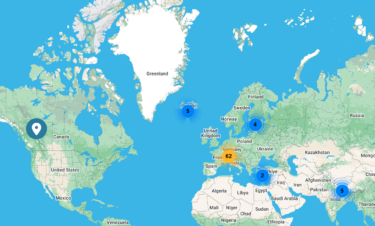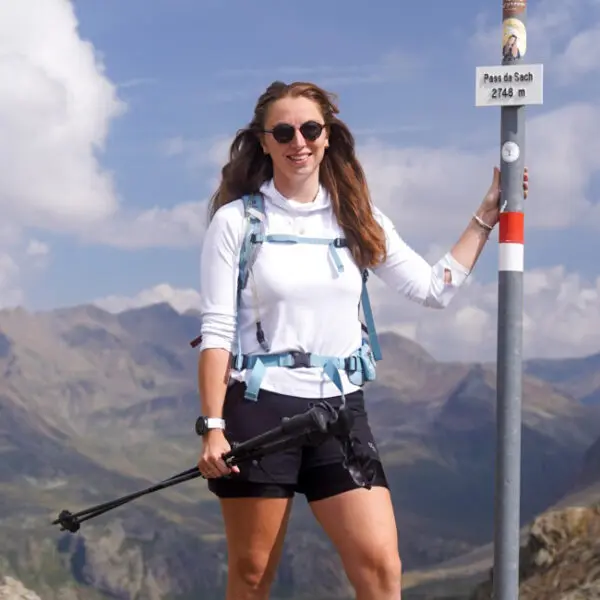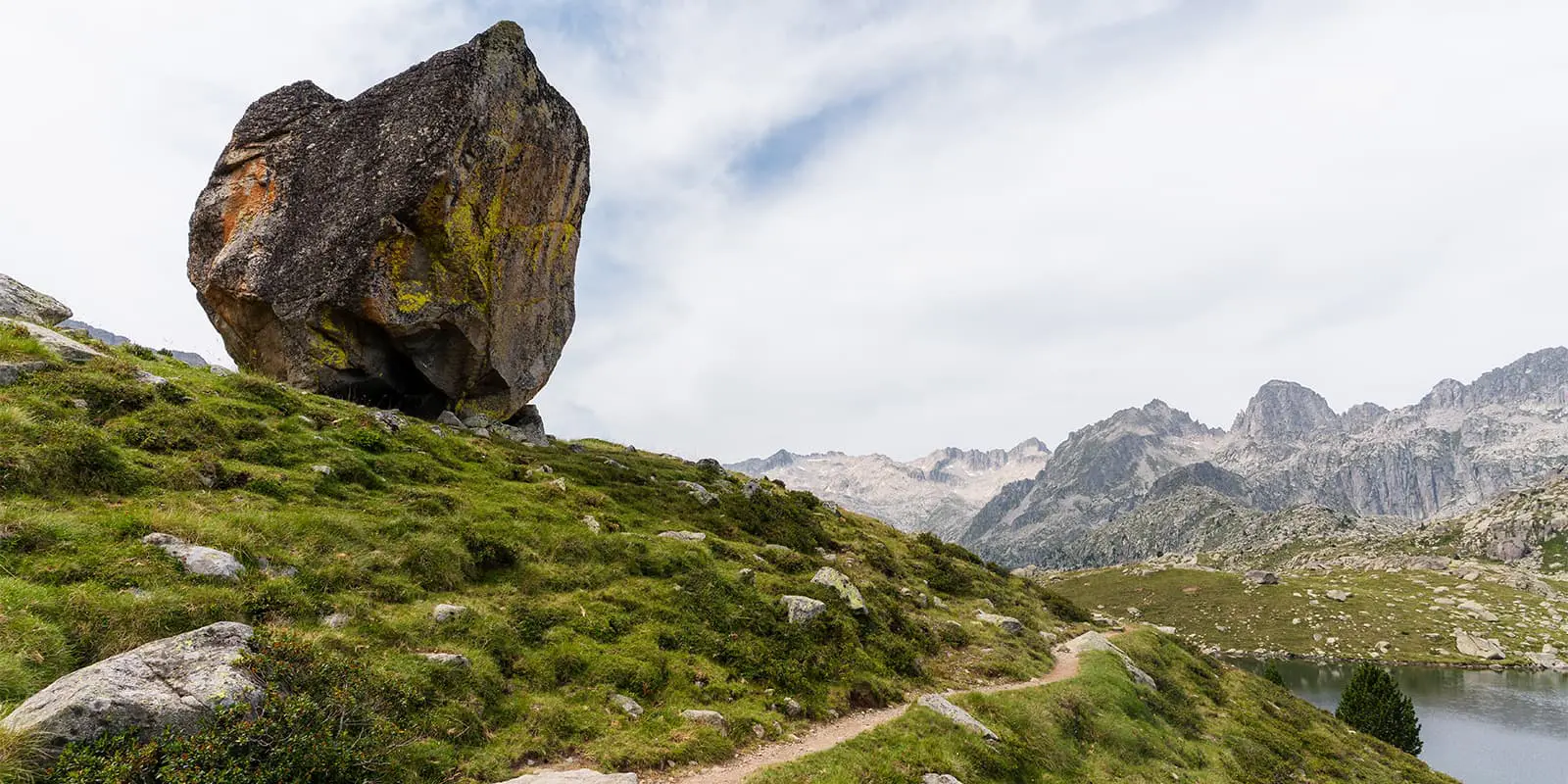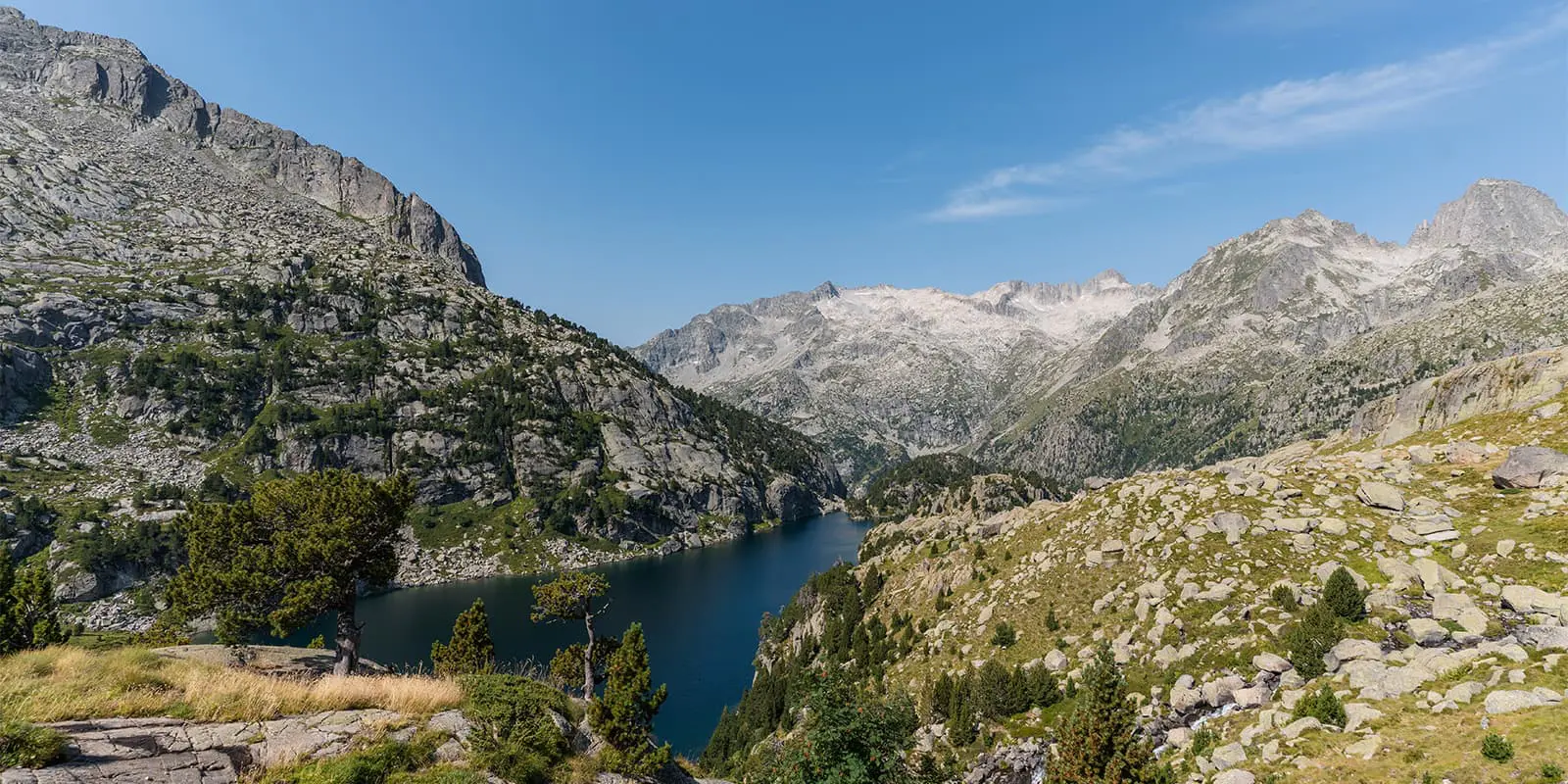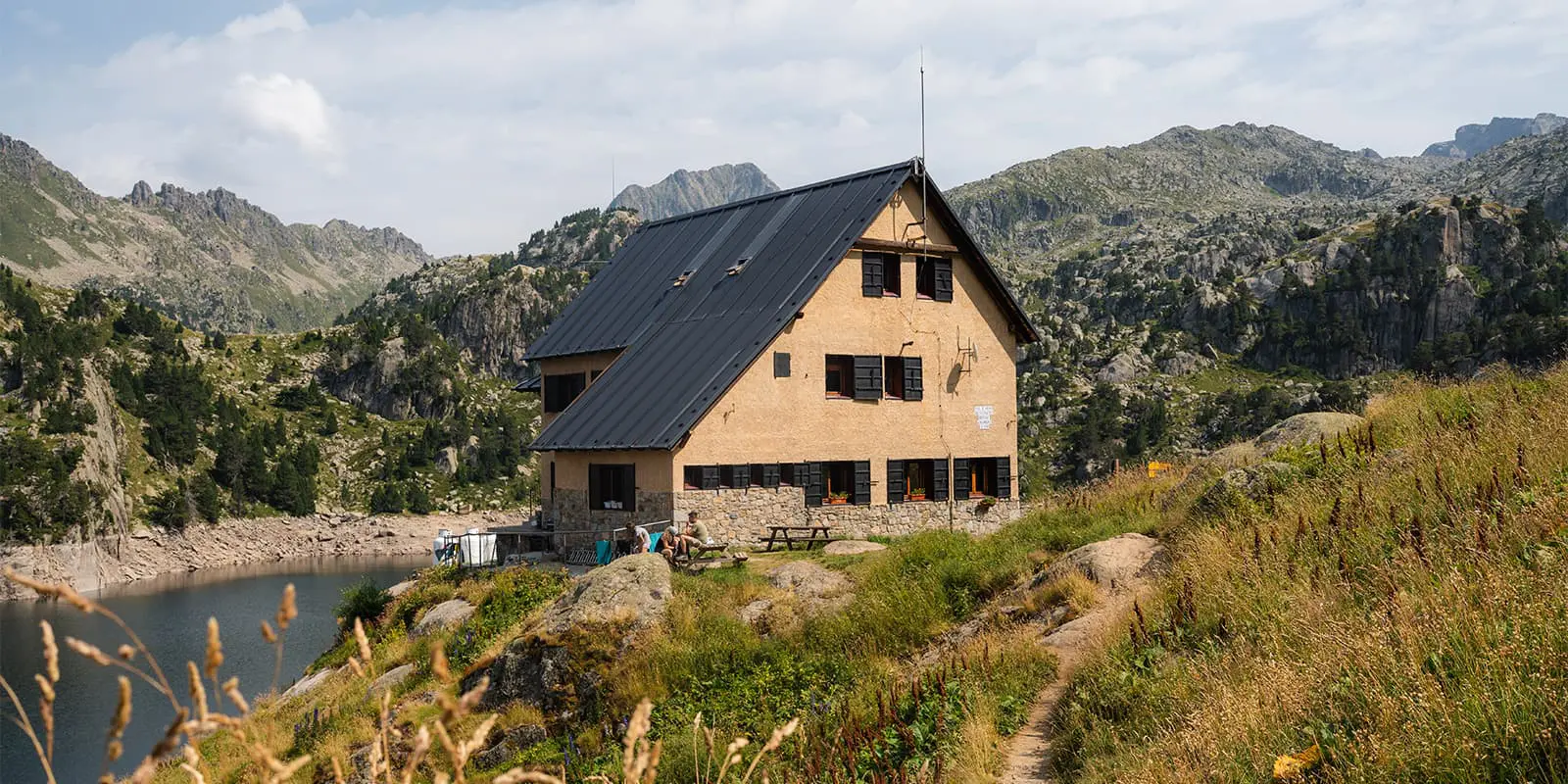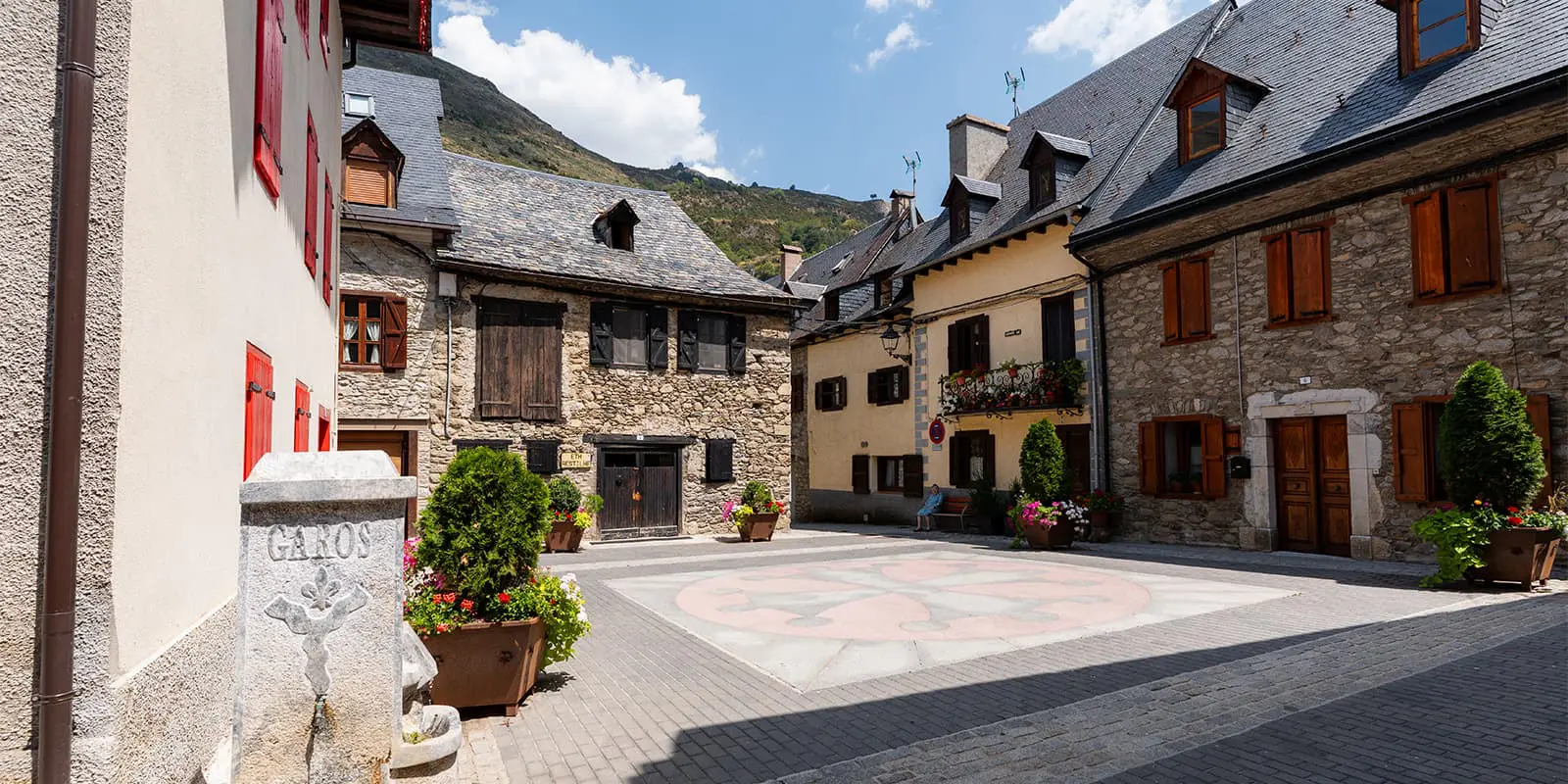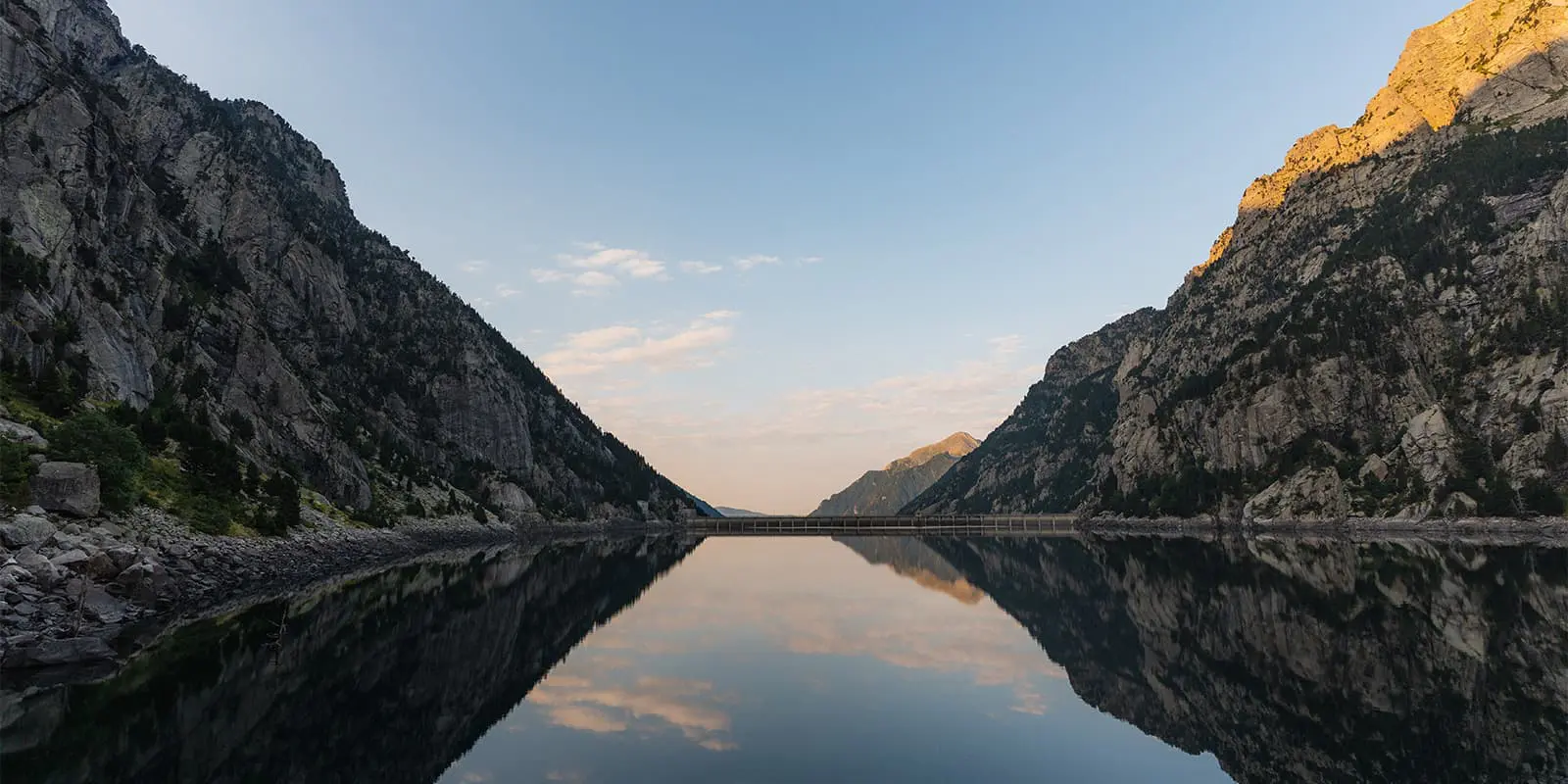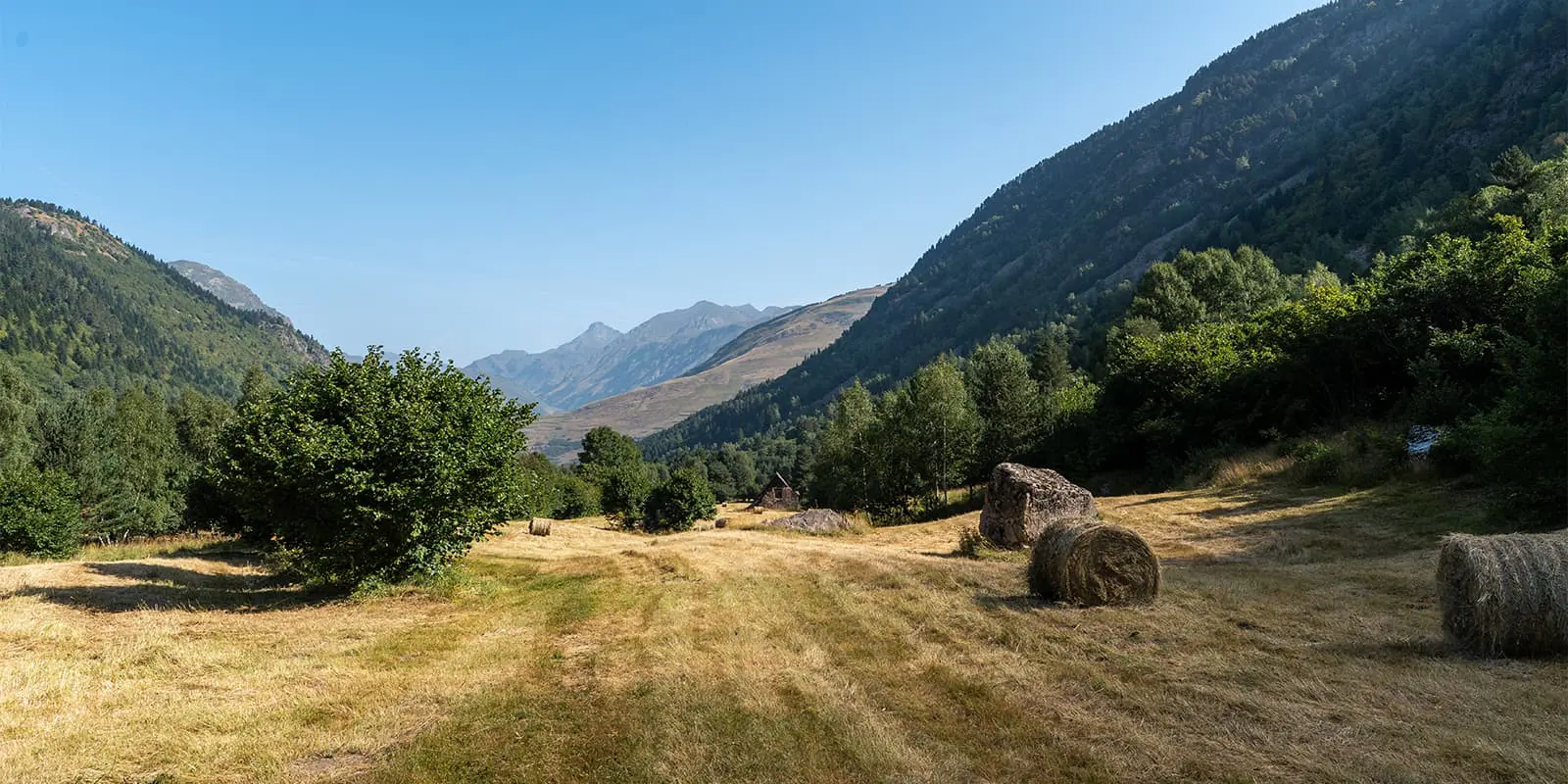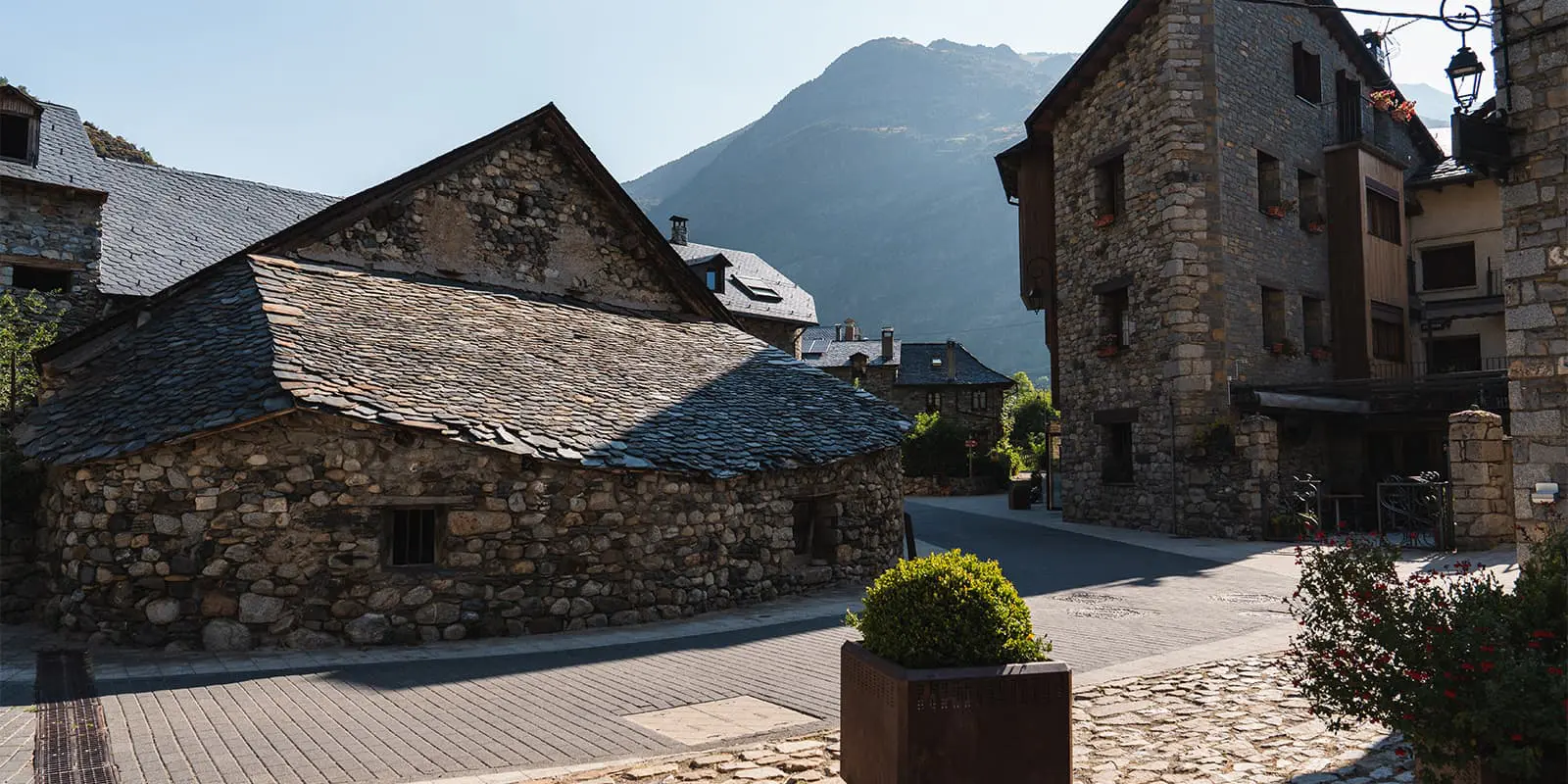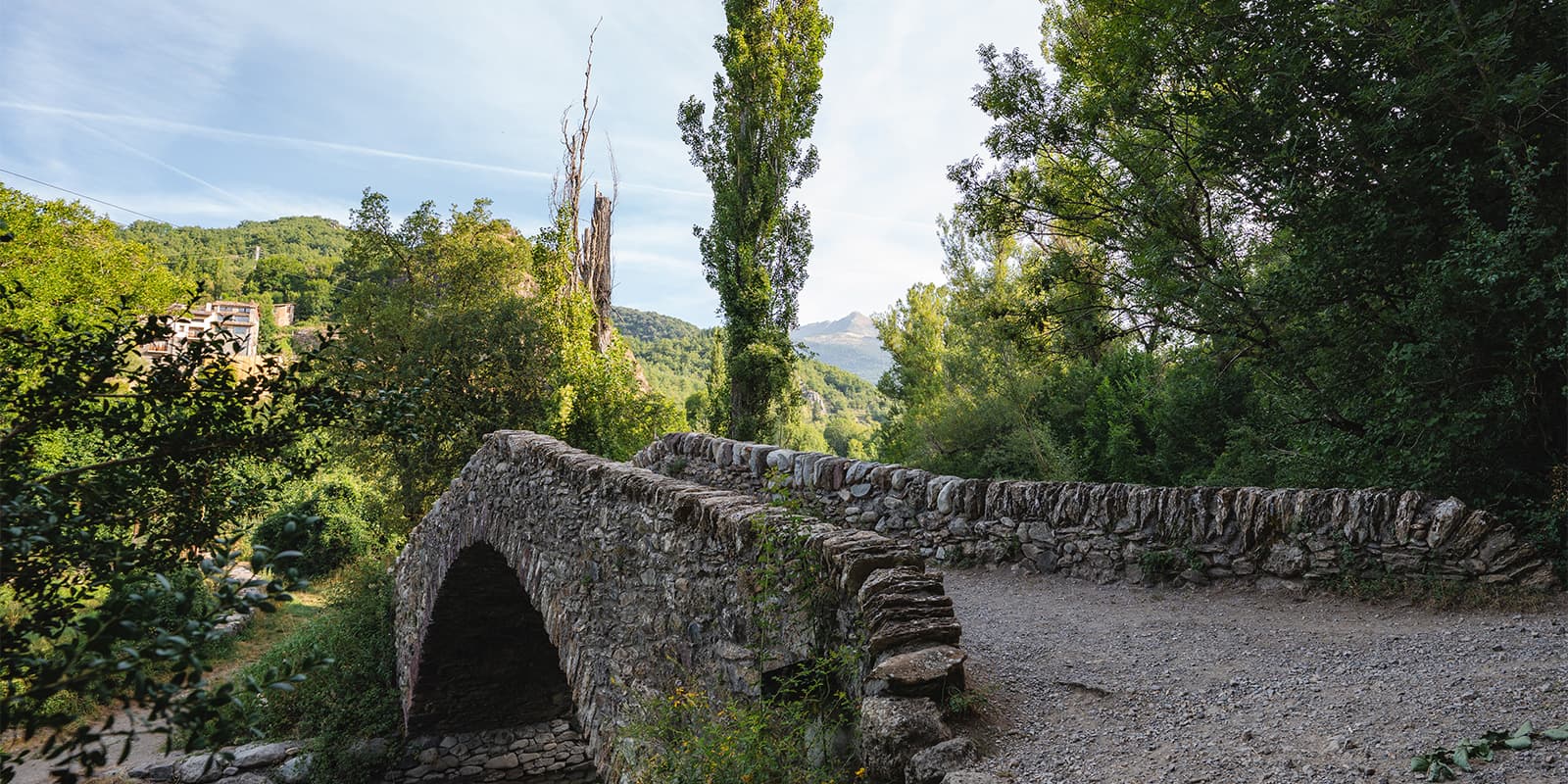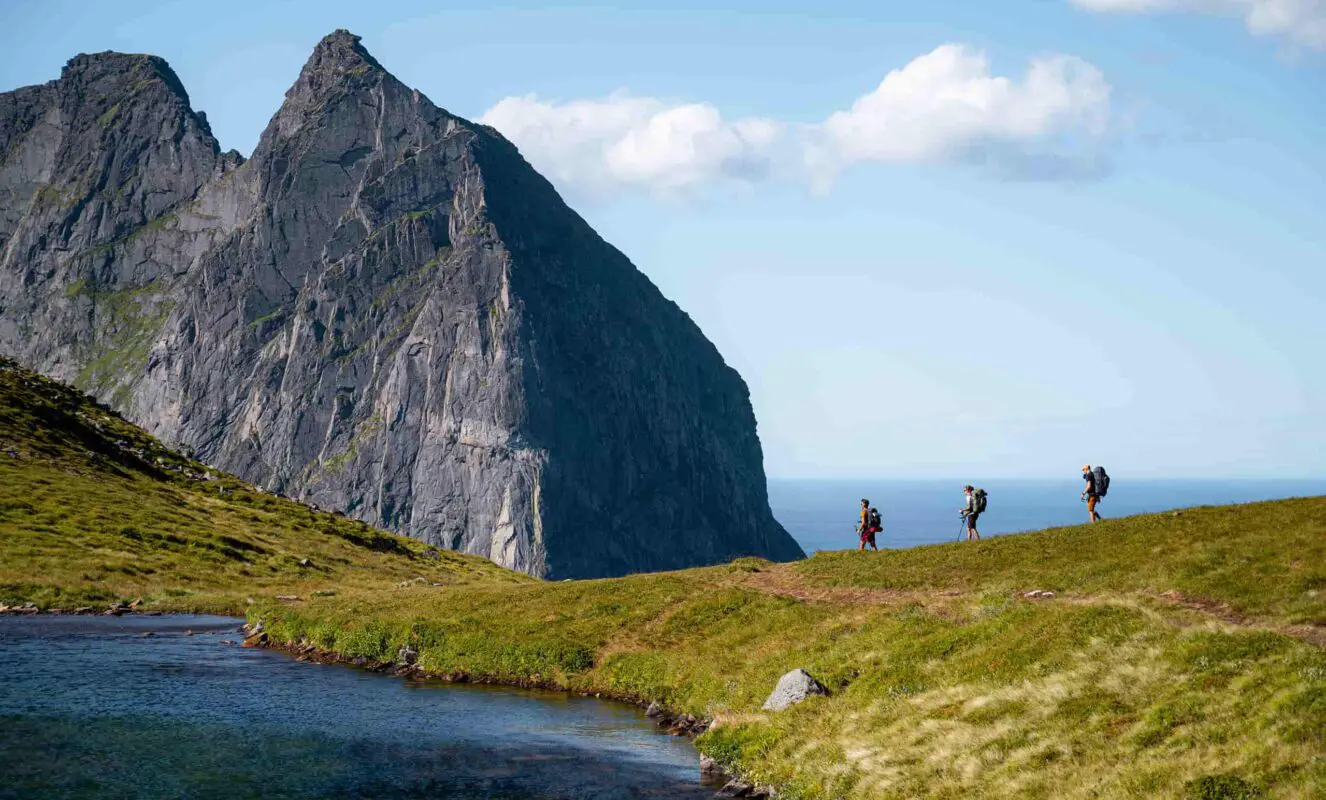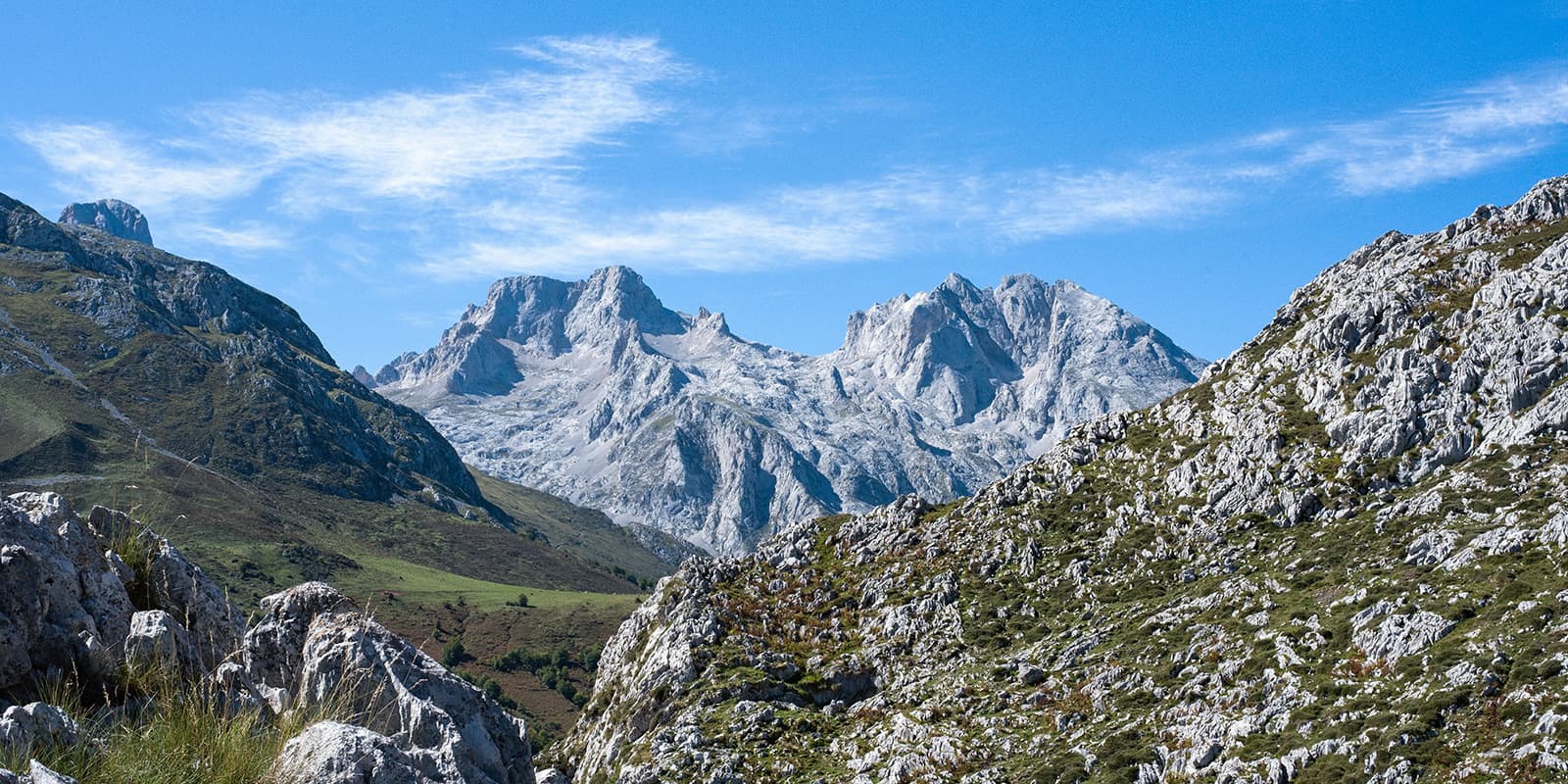You start in El Pont de Suert, a really small village in the Alta Ribagorça region. It’s the southern gateway to the Pyrenees. The trail heads north, following the Noguera de Tor river. You steadily climb towards the Boí Valley. Along the way, the scenery changes from pine forests to wider landscapes and traditional villages. Before reaching Boí after 19 km, you pass several small settlements. Boí is known for its UNESCO-listed Romanesque church Sant Joan de Boí. This cultural vibe of this stage shows a lot of history.
The second stage is the shortest of all, a big contrast with the kilometres of the other days. The path continues further into the valley, surrounded by the peaks of the Aigüestortes National Park. The route climbs gently through forests before reaching Caldes de Boí, famous for its thermal springs and historic spa complex. Here, you find one of the highest concentrations of mineral-rich hot springs in Europe. For centuries, the waters have been used for their healing properties. This stage shows the wellness traditions of the Pyrenees.
Stage number three crosses the heart of the Pyrenees. The trail climbs gradually through Aigüestortes i Estany de Sant Maurici National Park, a beautiful area known for its mountain peaks and glacial lakes. This stage is the most scenic one of the Via Calda, with true high-mountain vibes. For example, you can take a break at Refugi Ventosa where you can enjoy the best views of the peaking mountains and lake. Also, at this stage you reach the highest point of the trail (2.550m). After this, you descend into the Aran Valley and hike along small rivers. After a long day you finish at Bahns de Tredòs (or you skip the last hour of hiking and use the taxi service 30 minutes from Refugi de Colomèrs).
If you’re looking for an even more challenging adventure in this same park, consider the Carros de Foc, a multi-day hut-to-hut trek that connects several mountain refuges. It’s a much tougher route than the Via Calda, but it rewards you with the true beauty of this national park.


